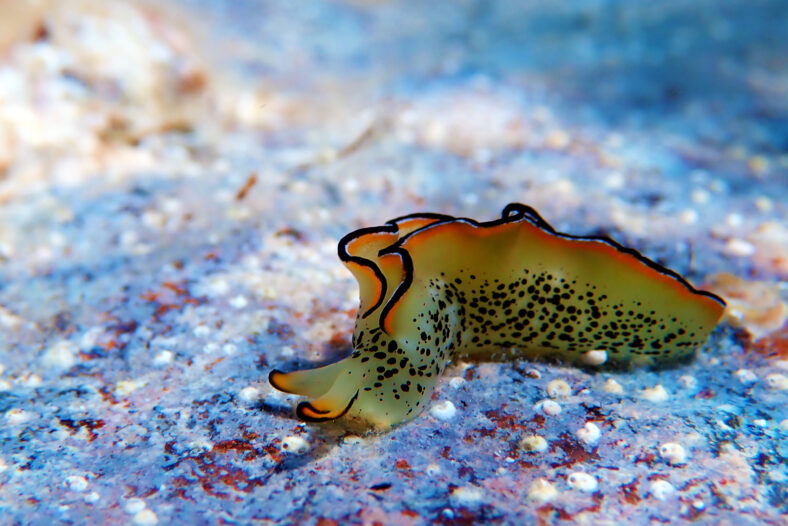Most Of Us Can Barely Recover From A Bad Haircut, But These Sea Slugs Can Regrow Their Bodies, Even If They Lose Their Heads

Most of us can barely recover from a bad haircut, but there are two species of sea slugs that can literally regrow their entire bodies from just their heads, which they seem to purposely detach from their original bodies. The process only takes a couple of weeks.
In most cases of animal regeneration, body parts such as arms, legs, and tails can be regrown after being lost to predators. But regrowing a whole new body is unheard of.
These sea slugs belong to a group called sacoglossans. Not only can they regrow an entirely new body, but their heads can also survive for weeks because they can photosynthesize like plants. In addition, their original bodies can survive for days or even months without their heads.
“We believe that this is the most extreme form of autonomy and regeneration in nature,” said Sayaka Mitoh, the lead researcher from Nara Women’s University in Japan.
The bizarre behavior was discovered by accident in 2018 when Mitoh noticed that the detached head of a sacoglossan sea slug (Elysia cf. marginata) was circling its body in a tank at the Yusa Lab at Nara Women’s University.
She thought the slug would die in just a matter of time. But instead, the wound on the back of the slug’s head healed quickly and the beginnings of the growth of a new body showed up.
“After a few days, the head started regenerating the body, and I could see [the] beating of the heart. It was unbelievable,” said Mitoh. “I was really happy and relieved when I found it could regenerate the body.”
In about three weeks, the slug had completed this amazing feat and replaced the 80 percent of its body that it had originally lost, including its vital organs. The slug’s brand-new body was an exact copy of the original.
Further investigations revealed that a second species of sacoglossan sea slug (Elysia atroviridis) was also capable of such regeneration. Some individuals could even perform the act more than once.

Sign up for Chip Chick’s newsletter and get stories like this delivered to your inbox.
However, it appeared that the decapitated bodies could not grow new heads. It is unclear exactly how the slugs regenerate their bodies from the head down, but scientists suspect that stem cells have something to do with it.
Stem cells are special types of cells that can self-renew and have the potential to grow into any cell type. Scientists are also unsure how or why sea slugs detach their heads from their bodies, especially when there is seemingly no reason to.
One main theory is that the slugs are trying to remove internal parasites that have taken over their old bodies. Or, it may just be a way to survive attacks from predators.
Only young slugs were capable of autonomy and regeneration, though. When older slugs had their heads removed, their heads lived for up to 10 days. But they never started eating or regenerating.
The process of growing a new body takes up a lot of energy. The slugs gain energy by stealing chloroplasts from the algae they eat and using them in their own tissues.
Chloroplasts are the parts of a cell that allow plants to utilize photosynthesis to convert sunlight into energy. The slugs can also photosynthesize, which provides them with enough energy to start the regeneration process.
These small creatures are very interesting. Perhaps there are other species of sacoglossan that can regenerate in this way.
More About:Animals